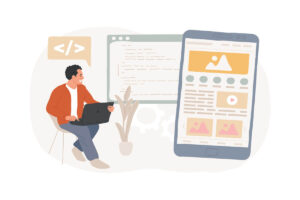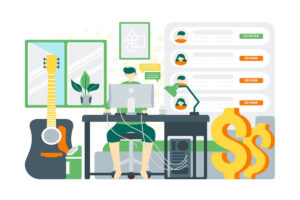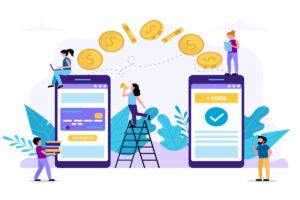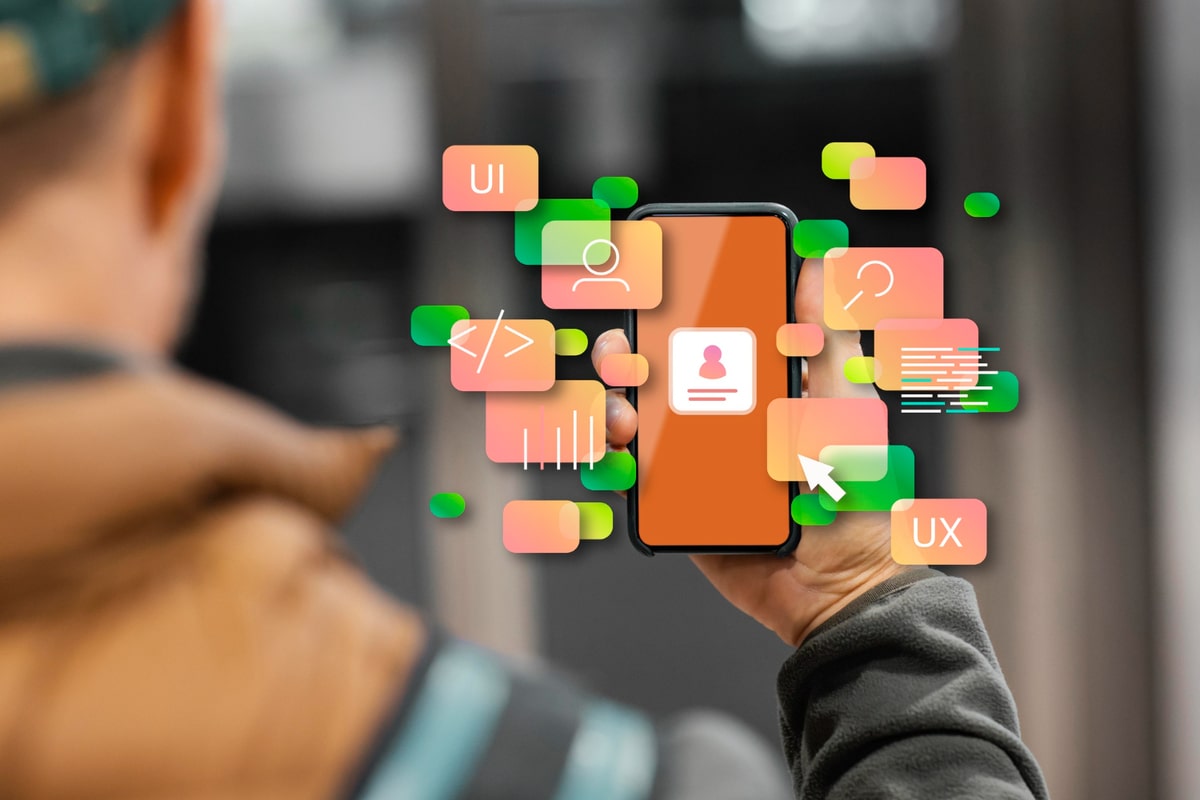In today’s fast-paced mobile world, apps need to be user-friendly and hit the market quickly to win. Adopting Agile practices in mobile app development has proven to be an effective approach to achieving this goal. Agile mobile app development focuses on flexibility, continuous feedback, and the iterative delivery of features. This method starkly contrasts traditional, linear software development, enabling faster adaptation and customer value delivery.
The Core Principles of Agile Mobile App Development
The Agile method prioritizes cross-functional teams collaborating iteratively, rooted in flexible software development. This approach is particularly beneficial in the context of mobile app development, where market demands and technology trends change rapidly. Agile practices foster flexibility and prioritize customer input, ensuring a high-quality product closely aligned with user needs.
Core Principles of Agile Methodology
Agile mobile app development is grounded in several key principles that guide the development process:
- Iterative and incremental development: This allows for adjusting the app based on continual user feedback and changing requirements.
- Collaboration between cross-functional teams: Ensuring that developers, designers, and stakeholders work together closely increases efficiency and innovation.
- Flexibility and adaptability in the development process: Agile teams quickly adapt to market changes or feedback without delaying the project.
Benefits of Practices in Agile Mobile App Development
The benefits of integrating Agile practices into mobile app development are significant and diverse. These include:
- Enhanced product quality: Continuous testing and revision cycles lead to improvements in app functionality and user experience.
- Faster time to market: Agile’s incremental release strategy means features are developed, tested, and released more quickly.
- Improved customer satisfaction: Frequent updates based on user feedback ensure the app remains relevant and valuable to its target audience.
- Increased project visibility and control: Regular scrum meetings and progress updates provide clear insight into project status and obstacles.
- Better risk management: Agile practices help identify and address potential issues early, reducing the impact on the final product.
Implementing Agile in the Mobile App Development Process
Successfully incorporating Agile methodologies into mobile app development involves:
- Setting up cross-functional teams: This fosters collaboration and leverages diverse skill sets for comprehensive problem-solving.
- Adopting sprints and scrum meetings: Short, focused periods of work allow the team to make rapid progress and adjust as needed.
- Continuous testing and feedback incorporation: Ongoing evaluation and modification ensure the app meets user demands and maintains high quality.
Challenges and Solutions
Agile mobile app development brings benefits but also challenges like team alignment and managing frequent changes. Solutions involve Agile training, clear communication, and specialized tools to sustain productivity.
- Dealing with remote team dynamics: Ensuring effective communication and collaboration among team members in different locations.
- Maintaining velocity with rapid changes: Agile’s fast-paced nature can sometimes lead to burnout or decreased productivity.
- Integrating customer feedback effectively: Balancing between frequent iterations and incorporating user feedback without derailing the project timeline.
Future of Agile in Mobile App Development
Agile’s future in mobile app development is bright. Innovation and tech advancements will lead to even more dynamic and user-focused apps. Agile’s flexibility makes it well-suited to incorporate advancements such as artificial intelligence, machine learning, and IoT integration, ensuring mobile apps continue to evolve at the pace of technology.
- Enhanced User Experience through AI: Agile methods will blend AI to forecast user preferences and behaviors, crafting apps that are responsive, intuitive, and personalized.
- Adoption of Machine Learning for Predictive Analysis: Machine learning will enhance apps to learn, predict, and adjust in real-time, boosting Agile’s responsiveness and efficiency in development.
- Greater IoT Connectivity: Agile enables creating mobile apps that seamlessly interact with various IoT devices, expanding the connected apps and services ecosystem.
- Rapid Prototyping with AR and VR: AR and VR in Agile development facilitate rapid prototyping and immersive user testing, allowing swift iterations based on feedback.
- Blockchain for Enhanced Security: Blockchain integration enhances mobile app security, ensuring transparent and secure transactions, crucial for user trust in Agile development.
- Cross-Platform Development Tools: Agile teams will use advanced cross-platform tools to develop for iOS and Android simultaneously, speeding up the process and ensuring consistency.
Conclusion
Agile practices have revolutionized mobile app development, enabling faster delivery times, higher quality products, and greater alignment with user needs. By adopting Agile methodologies, developers can ensure their projects are not only completed more efficiently but are also more likely to succeed in the competitive and ever-changing mobile app market. The key to Agile mobile app development lies in its adaptability, proving that in the world of app development, being able to pivot and respond to feedback is just as important as any technological innovation.
For more information on how Agile methodologies can transform your mobile app development project, or to start a conversation with our expert team, contact us today. We’re here to help you navigate the evolving landscape of mobile app development with Agile practices that ensure your project’s success.











+ There are no comments
Add yours